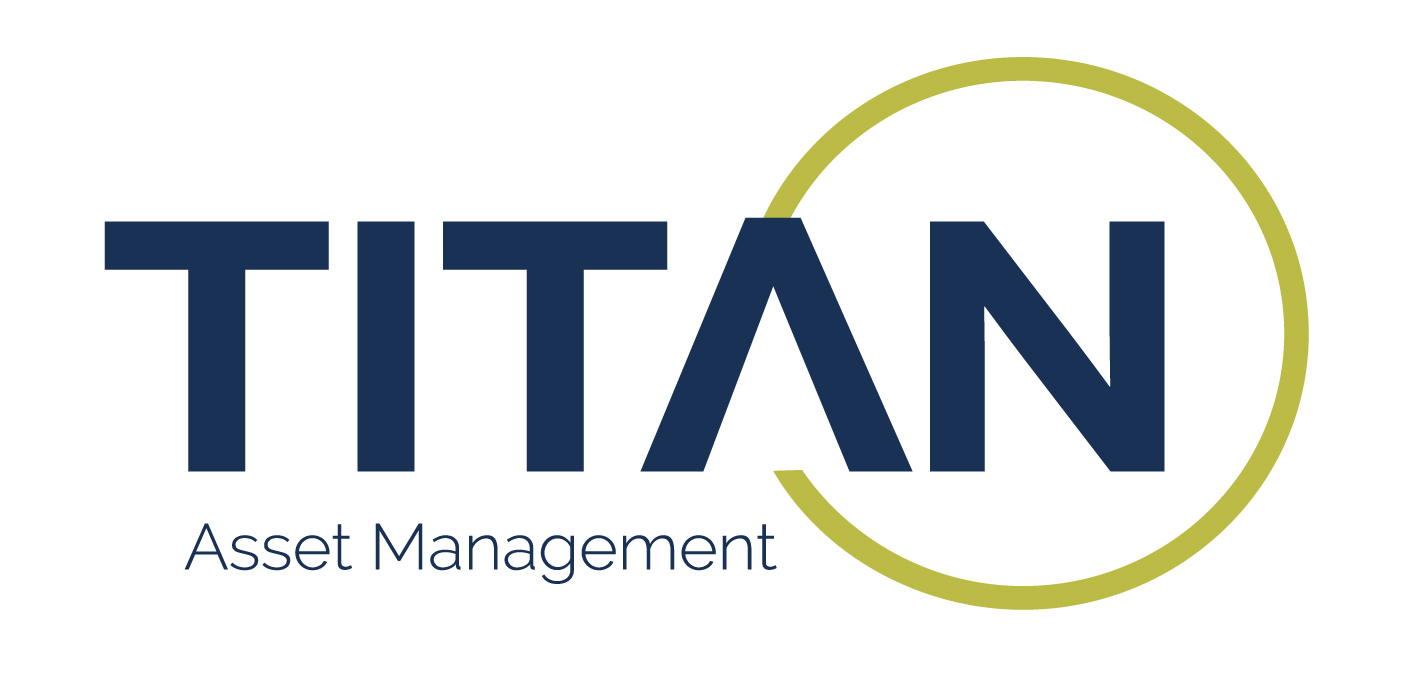Mexico was among the best-performing single-country ETFs in 2023 on a strong Mexican peso following the Banco de Mexico’s decision to start its monetary policy tightening cycle a year before the Federal Reserve.
Despite the rally of over 40% last year, nearshoring represents a“multi-year” opportunity following two decades of “meagre” growth, according to Sekar Indran, senior portfolio manager at Titan Asset Management.
According to US Census, Mexico was the US’s top trading partner in 2023, ahead of China and Canada, as $798bn traded between the two countries. “We are mindful of the strength of the rally in Mexican equities and the peso last year but there may be opportunities to allocate to the region on weakness,” Sekar said.
“The nearshoring trend should be a multi-year tailwind for the economy with historic increases in capital expenditure enhancing productivity following two decades of meagre growth.
”His views were echoed by Willem Sels, global CIO at HSBC Global Private Banking and Wealth, who said the changes to global supply chains is benefitting Mexico “considerably”.
“Latin America has more favourable drivers and hence we overweight the region including Brazil and Mexico,” Sels said.“Changes to the global supply chains benefit Mexico as many US companies are actively nearshoring their production. Mexico is now a larger US trading partner than China.”
Demand for Mexico goods has helped the country’s manufacturing purchasing managers index (PMI) which has seen a steady uptick in recent years.
“Total new orders increased, and Mexican manufacturers collectively recorded the strongest combined upturn in sales in just under five years,” Dina Ting,head of global index portfolio management at Franklin Templeton, said.
“While a slew of new trade agreements, such as increased partnerships relating to the supply of critical minerals and other essential goods,present multilateral benefits, nearshoring has especially been a boon to Mexico.”
Election
Furthermore, President Andrés Manuel López Obrador (AMLO) has created a supportive backdrop for the economy to thrive during his term. While Obrador is set to leave office following the country’s election on 2 June, his party, Morena, heads up a coalition which currently leads in the polls.
“Obradorhas positively surprised the investment world exhibiting immense fiscal discipline and a non-interventionalist approach which should secure his party’s re-election with the scope for more expansionary fiscal policy going forward,” Sekar explained.
Ting added: “A bill aimed at revamping national stock exchanges to boost trading, approved by Mexico’s congress recently,also bodes well for Latin America’s second-largest economy.”
ETFs
There are three ETFs available for European investors. The cheapest is the $18m HSBC MSCI Mexico Capped UCITS ETF (HMEX) which has a total expense ratio (TER) of 0.50%.
HMEX, alongside the $83m iShares MSCI Mexico Capped UCITS ETF (CMXC), tracks the MSCI Mexico Capped index which caps the largest stock at 30%.
This is in contrast to Europe’s largest Mexico ETF, the $274m Xtrackers MSCI Mexico UCITS ETF (XMEX), which tracks the MSCI Mexico index of 24 securities.Both CMXC and XMEX have fees of 0.65%.
This article first appeared in ETF Insider, ETF Stream's monthly ETF magazine for professional investors in Europe. To read the full edition, click here.





